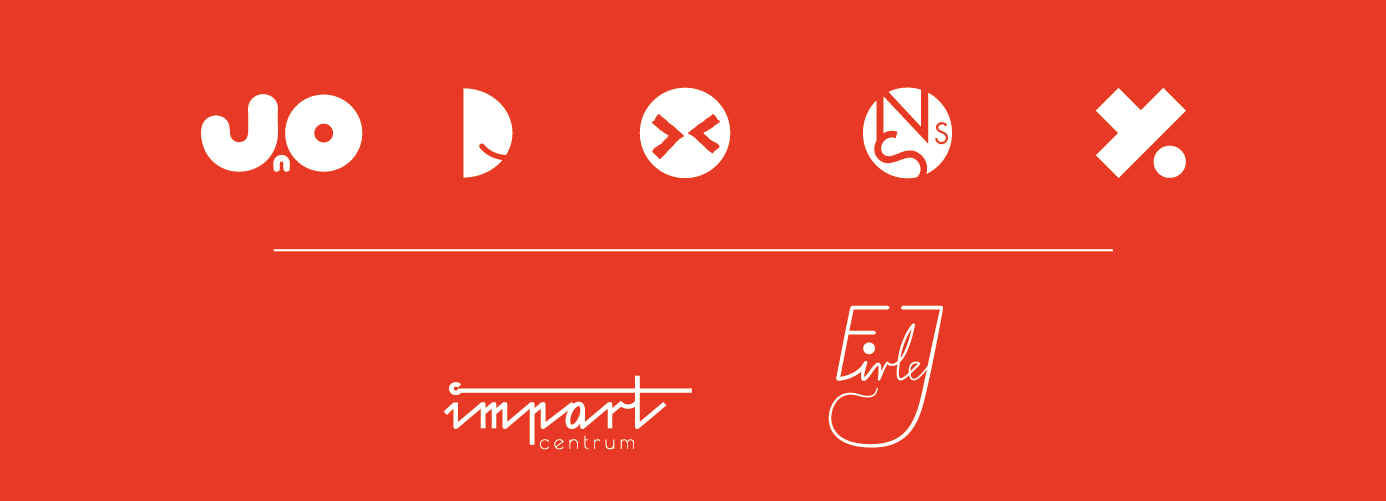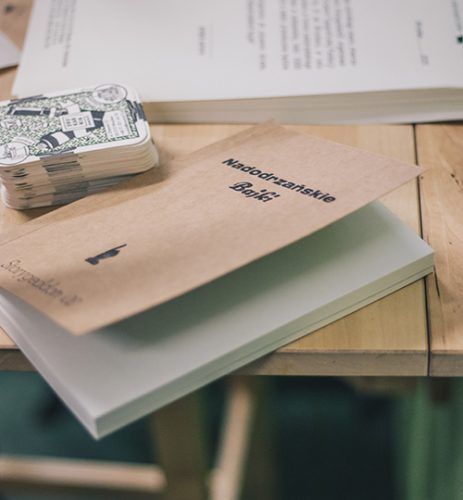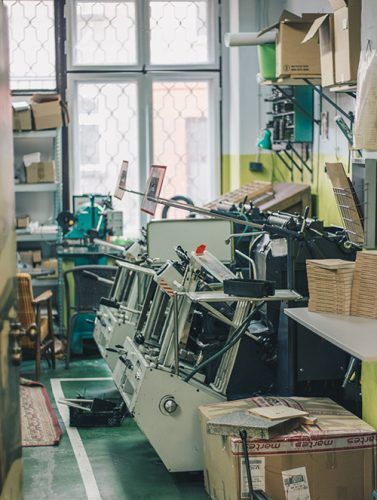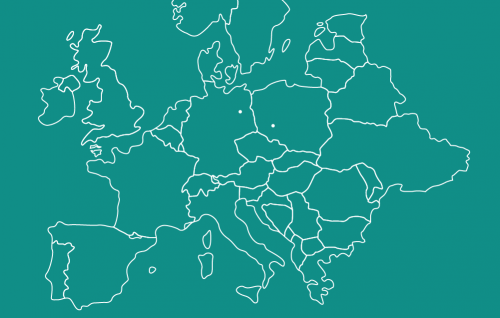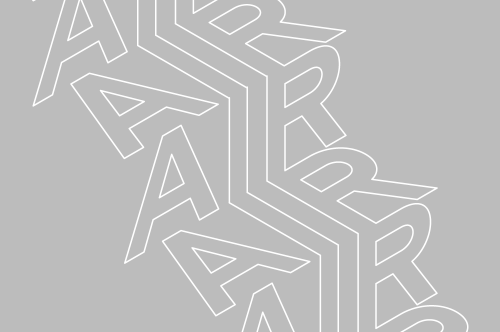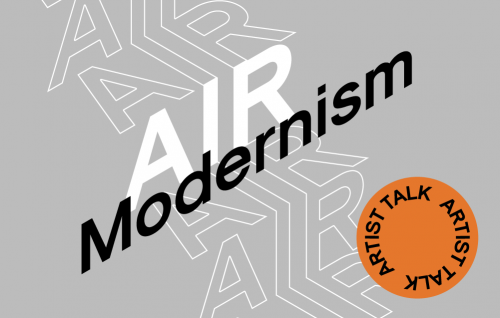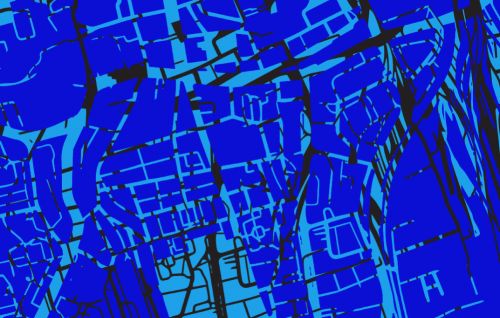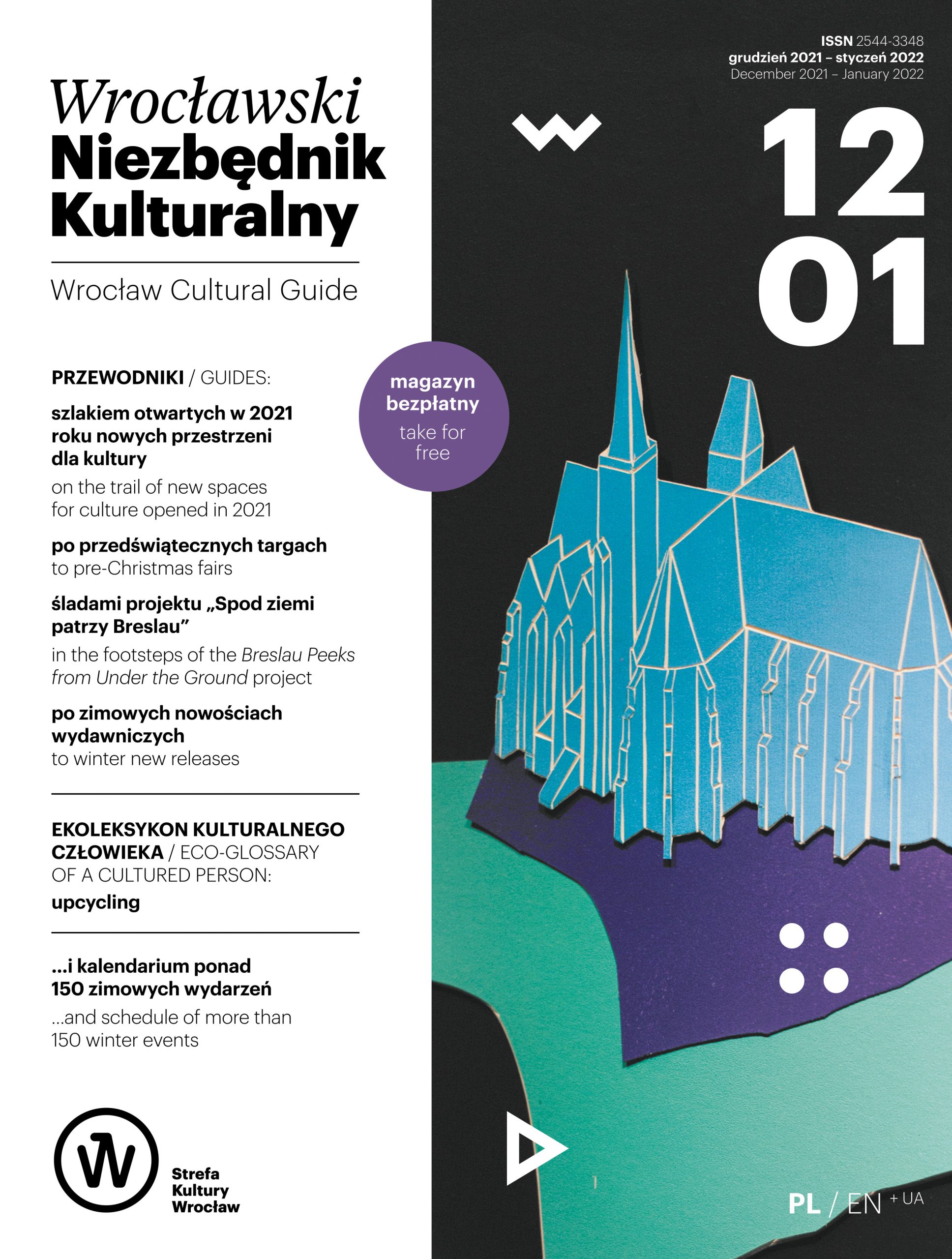Article also available in PDF
6 minutes read time
Is three days enough time to create a book?
I think so – all it takes is good intentions, proper organisation and a “can do” attitude. Of course, people who are aware of the complexity of the publishing process may be wary about this and even question my approach, but Storygeddon is no ordinary process. As the name suggests, it is characterised by great effort and emotions, which in this case are condensed into a three-day race; however, for the team that organises this event, this is even longer – it takes until the first batch of pages is being printed, bound together and glued to the cover, which – during the very same weekend – is printed using a traditional method with movable vintage fonts. The entire publication is made using the equipment that is already installed in the Printing House, which in many cases is older than the participants, which makes it a true printing and bookbinding challenge. Machines have their humours, too, and that kicks creativity into high gear.
Why did you choose this form to promote self-publishing?
In the field of literature, Wrocław is seen through the prism of the names of great authors, such as Marek Krajewski or Olga Tokarczuk. I have had the pleasure of meeting both of them and I look forward to their promised visits. I’m a self-publisher. My first book Powrót Sowy was released in 2017 and I believe that I know the majority of the problems authors face when trying to get their works published. That is why, at Klub Innowatora Foundation, which is based in the Printing House at Otwarta 12, I am doing my best to foster the right conditions for the authors, illustrators, editors and typographers – who are all part of the publishing process – to self-promote and grow. In this case, this is all about self-publishing.
Storygeddon, which brings together more than a dozen groups made up of representatives of these four disciplines working simultaneously, is a challenge. It gives them the opportunity to test themselves and – as a result – publish their first book, catch some wind in their sails. Believe me – there is nothing more enjoyable in this whole story than seeing the joy in their eyes and see how they are smiling under their masks, when they pick up their copy. I hope that with this approach I can spark more than just ambition to keep working. Each story is accompanied by a fiche detailing the role of each person involved in the race, so everyone takes full responsibility for their part of the work. This is a good starting point for them to begin working further on their craft.
Who chooses the theme of the race? Why Nadodrze fairy tales?
That would be me! And I also work hand in hand with the authors – in line with the schedule, I start writing my story on Friday, even though I know the topic a little earlier than the other participants. Even though I know the theme a bit earlier, the tons of duties I have effectively serve as a handicap. This year I kept trying to decide between romance, crime and comedy until the last minute; however, I finally came to the conclusion that this edition would be cool if we did something for the kids. I’m a father myself and I see how hard it is for children to adjust to the new life during the pandemic. Which is why I decided to create a unique book that would allow them to get away from reality, at least for a while. And the fairy tales are from Nadodrze, because for me Storygeddon is also about promoting this district – the place that has welcomed me, which is why I do my best to change this neighbourhood into a place for artists and craftspeople. At the Printing House, I manage to combine these two areas.
What made this edition stand out from the previous one?
Seventeen authors decided to join the second edition – we had only 9 in the first one – of which only 14 remained after the theme was announced. We had far fewer illustrators, editors and typographers, but some of them were happy to work with several teams. As a result, we have completed a publication containing fourteen unique fairy tales set in the Nadodrze region. That’s a new record – and a source of many unexpected twists and turns, especially in the final process. Because of the unique audience we changed the format of the book from pocket format to A5, while the typeface size was increased to 12 and sometimes 14 points – all so that not only children, but also parents or grandparents could read the text even without glasses. The included illustrations are supposed to spur creativity – and I hope kids will colour the pages as they see fit. But that’s not the end of involving the youngest readers in co-creating the book – not only can they design their own cover (as my daughter has already done), but they can also become one of the authors. The final 15th tale consists of a number of blank pages with space for the title and author’s name that can be filled with a brand new story, written by new young self-publishers in the privacy of their homes.
What is proving to be the biggest challenge for project teams? Do the members know each other beforehand?
Time and communication. The team members do not know each other beforehand, unless they work with their friends who also completed the survey. In the basic version of Storygeddon, participants were supposed to get to know each other in person during a meeting. Unfortunately, pandemic restrictions made meeting in person impossible, but we have found a way around this as well. To be honest, it was the pandemic that made me decide to show that you can make a book in any circumstances. These days, there are so many tools for communication that participants choose them according to their own criteria; still, communication is paramount. We are currently working on an instruction manual of sorts, in which we are going to detail particular processes, but I rely on the participants’ own initiative. I do not want to make a typical tutorial – it kind of misses the point. Throughout the process, I want the participants to look for solutions on their own and take advantage of their full potential. It’s a kind of boot camp, where they have to actively look for solutions. This does not mean that Storygeddon participants are left to their own devices – we support them by answering questions via email and have set up a hotline for them. In addition, this year they reported live on the process of creating the book.
Why do you think there is so much interest in this project among students? Are they the only participants in Storygeddon?
The first edition was aimed at universities, which are the source of the biggest number of interns – the University of Wroclaw and the SWPS University of Social Sciences and Humanities. I make no secret of the fact that working closely with professors helps reduce the risk of running away from the challenge. The second edition had a more open character. The recruitment was nationwide, which is probably what caused us to lose three authors, but we also hot one who wrote her story while… in Iceland. The lack of initial selection may seem risky. Of course we all want the final product to be the best it can be, but the strength of Storygeddon lies in diversity of approaches. I want the finished book picked up by the reader to be illustrated by the famous line from Forrest Gump – “like a box of chocolates. You never know what you’re gonna get.”
There are already several dozen people waiting and itching for the third edition, which is flattering on the one hand, and on the other, it lets me feel the adrenaline pumping long before I even announced the call for teams, while posing completely new challenges. I try to make sure that each successive edition is a new test for everybody involved, all while promoting new publishing solutions. It needs to be innovative – in keeping with the foundation’s name, which sees innovation as a combination of tradition and modernity.
Interviewer: Magdalena Klich-Kozłowska
